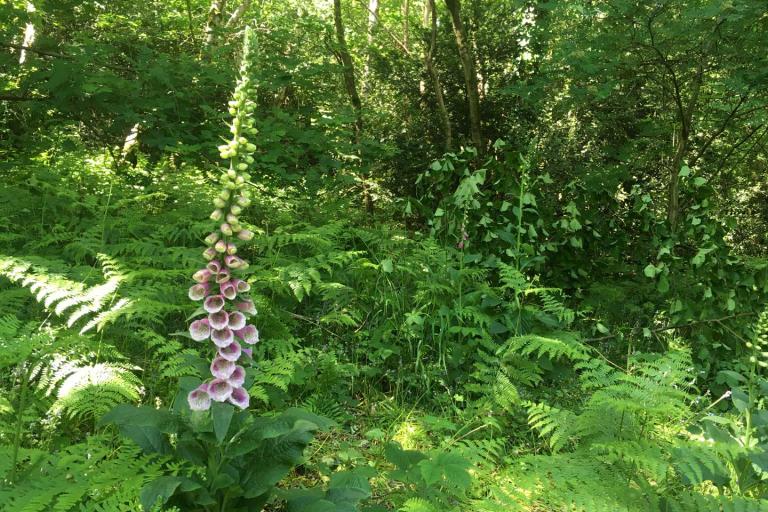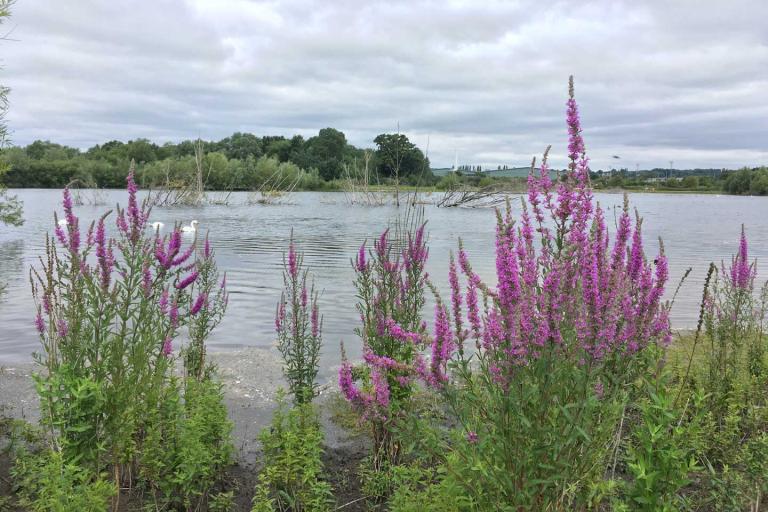LWS were previously known as Wildlife Heritage Sites in Berkshire and County Wildlife Sites in Oxfordshire. The 43,000 LWS across England, covering approximately 5% of the land, play a vital role in conserving wildlife in the UK and mitigating the loss of biodiversity.
Better-connected landscapes
LWS create a better-connected landscape of wildlife buffers, corridors, and stepping stones. These connections make the countryside more resilient to modern living and climate change pressures.
LWS are protected from harmful development through the planning system. However, as most sites are in private ownership, their long-term survival depends upon the interest and goodwill of their land managers and owners.

Our role
We play a key role in the survey, selection and maintenance of information on LWS. Our approach to LWS identification, mapping, and designation is consistent with the approach taken in other counties in England. It's also in line with the DEFRA guidance on local sites.
The living list
We maintain a living list of the LWS in each local authority area in Berkshire and Oxfordshire. The list is updated every year in May to reflect data from the previous year.
Monitoring
Central government requires local authorities to identify, designate, and protect LWS through the planning system. We carry out the identification and designation of LWS on behalf of local authorities in Berkshire and Oxfordshire. We also report annually to local authorities in Berkshire on how well they are managing their LWS.
Local authorities use this information for:
- monitoring local plans
- corporate biodiversity action plans
Local authorities must also report back to DEFRA on Single Data List (160) - local sites in positive conservation management. In Oxfordshire, BBOWT compiles this report.

Management
Landowners and managers of LWS may be eligible for funding and advice on how best to manage their LWS.
In both counties, landowners can apply to DEFRA for agri-environment funding to help maintain and enhance biodiversity on LWS. Landowners can apply for support under Countryside Stewardship. They can also visit this government page for further information.
In Oxfordshire, the wildlife sites project officer based with the Berkshire, Buckinghamshire and Oxfordshire Wildlife Trust (BBOWT) can provide advice to landowners. Visit the BBOWT website for further information.
In Berkshire, landowners can contact BBOWT's land advice service. This includes advice for habitat restoration, environmental schemes and accessing revenue streams from the private sector. For more details, visit their website.
All landowners and managers can apply for TOE grants.
Survey and site selection
Our staff and experienced volunteers conduct survey work with the aim of surveying sites every 10 years. We use the information we collect to assess sites against a range of criteria.
View the local wildlife sites criteria (pdf format, 2.7 MB).
Site selection panel
There are separate site selection panels for Oxfordshire and Berkshire. These meet early in the year to assess the results of the site surveys from the previous season. The panel comprises representatives from:
- TVERC
- local authorities
- BBOWT
- Natural England
- local wildlife recorders
Panel decisions result in sites being:
- designated as LWS (if they meet the criteria)
- deselected (if they do not meet the criteria)
- deferred (if the panel requires further survey information)
Sites remain designated as LWS and the panel can only deselect one if sufficient evidence has been provided to demonstrate that they no longer meet the criteria. The landowner is made aware of the final decision and received a detailed report.
Once the panel have resolved any remaining issues about the decisions they distribute maps of the LWS locations to local authority planning staff (as well as our partners). These maps ensure local authorities take LWS into consideration in the planning process.
Why we need data
We need high-resolution, quality-assured, and up-to-date data to get a clear picture of the state of nature. These data are vitally important for our partners and data users to make evidence-based decisions about the natural environment.